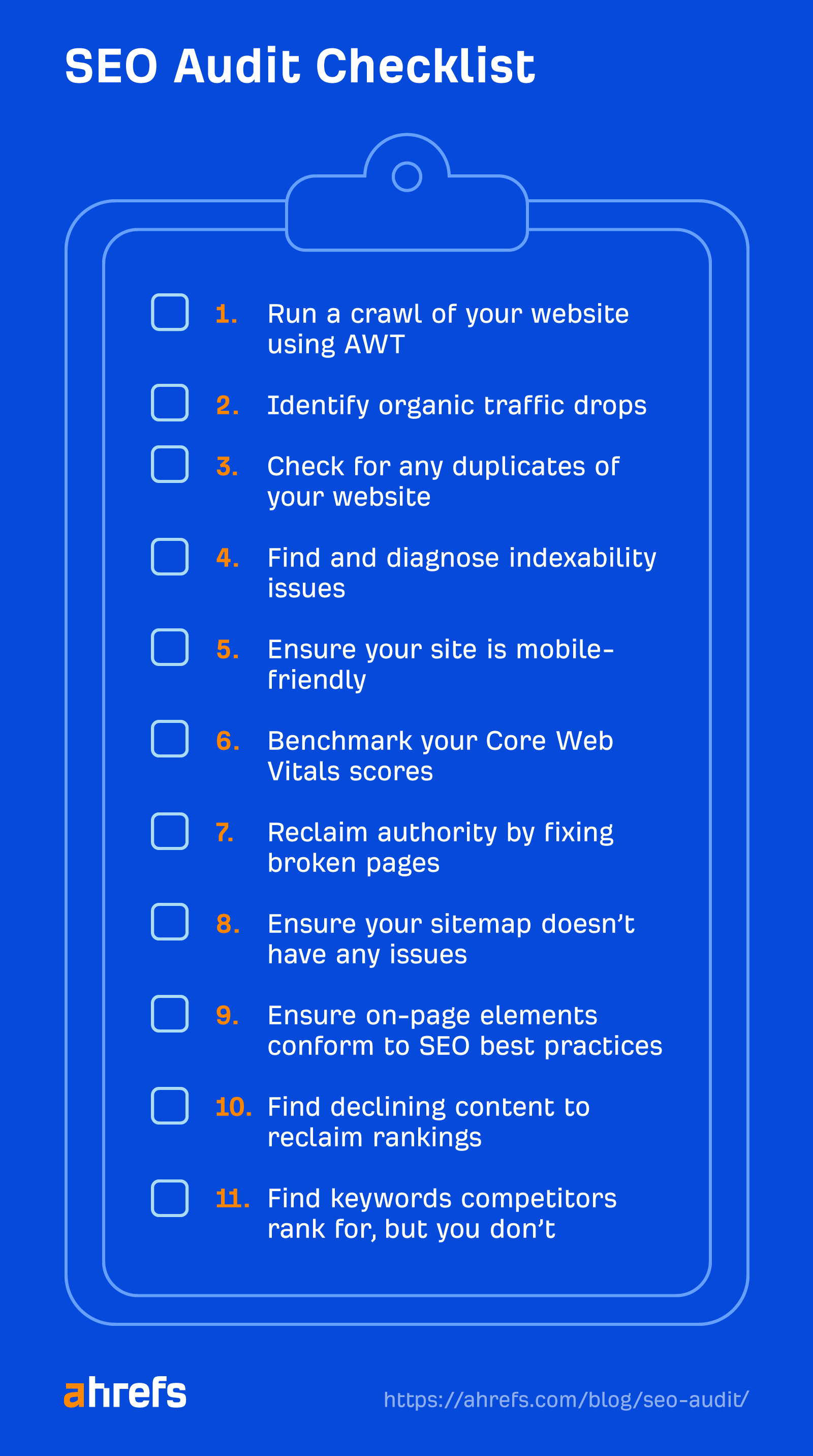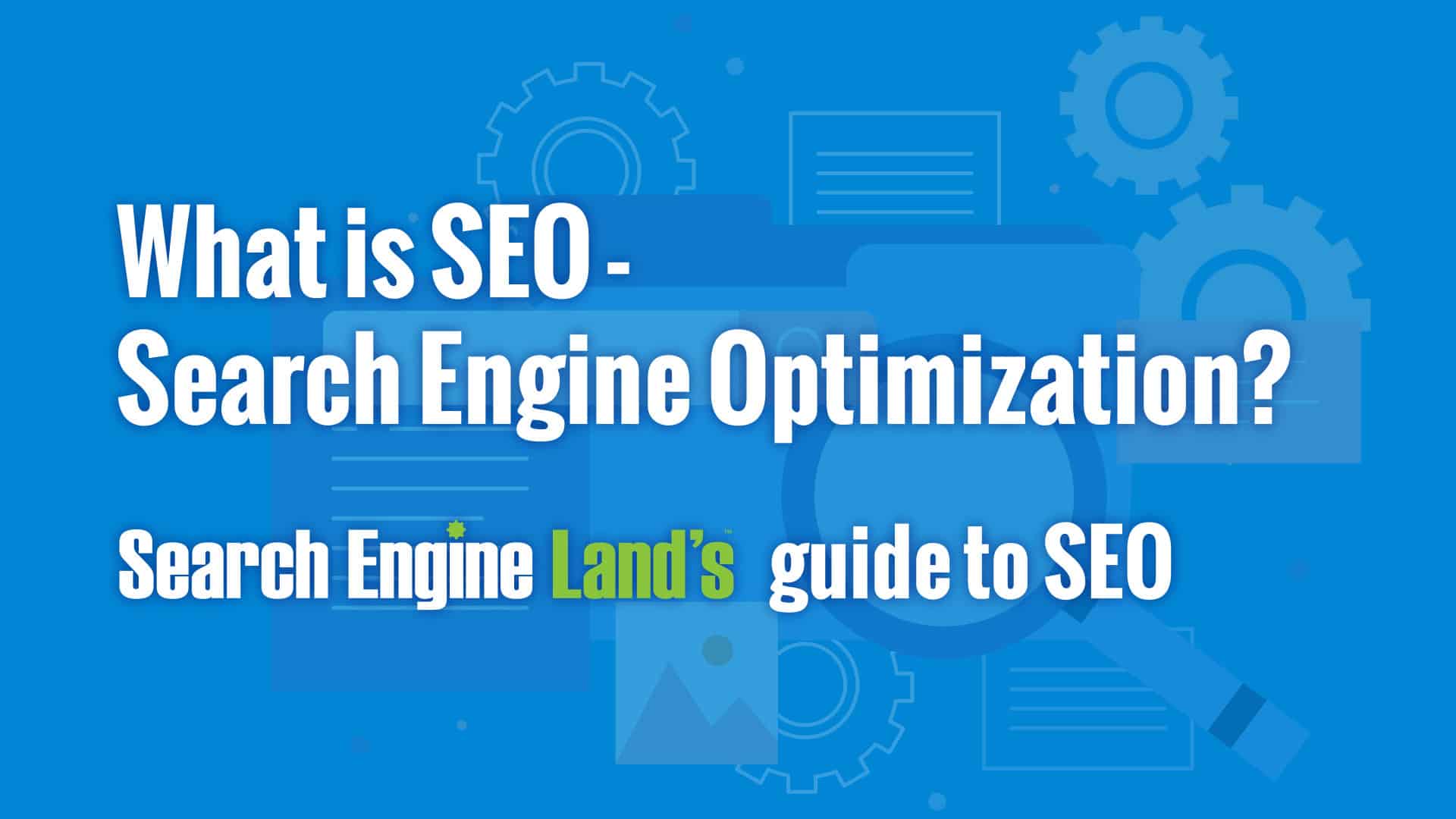Specialized Experience: The Indispensable Duty of SEO Specialists in Digital Success
Wiki Article
SEARCH ENGINE OPTIMIZATION Vs. SEM: Understanding the Key Differences
Worldwide of electronic marketing, two important methods that often come up are search engine optimization and SEM. While they might appear similar, they in fact offer various objectives and have distinct methods. SEO, which means Seo, concentrates on boosting a website's visibility and natural position on online search engine results web pages. On the other hand, SEM, or Internet Search Engine Advertising and marketing, entails paid marketing to raise an internet site's presence on internet search engine. Understanding the key distinctions between SEO and SEM is essential for businesses aiming to enhance their on the internet visibility and drive web traffic to their websites. In this article, we will certainly explore the interpretations, goals, and essential components of both search engine optimization and SEM, dropping light on their distinct qualities and benefits.
Definition of SEO
SEO, or Seo, describes the technique of enhancing sites to enhance their visibility and rankings on online search engine results web pages (SERPs) It includes various techniques and techniques targeted at increasing natural, or non-paid, website traffic to an internet site. The utmost goal of search engine optimization is to improve a site's on-line presence and attract even more targeted visitors.Among the crucial aspects of SEO is keyword optimization (https://hipntrendy.com/news/linkdaddy-announces-agency-backlink-local-business-directory-listings-service/458323). This entails carrying out complete research to determine relevant key phrases that individuals are likely to look for when looking for details or items connected to a specific site. By incorporating these keywords purposefully into the website's material, meta tags, and URLs, search engine optimization aims to improve the website's relevance and position for those particular search terms
Another crucial element in search engine optimization is on-page optimization. This entails maximizing different components on a web site, such as title tags, headings, photos, and interior web links, to make them more search engine-friendly (seo agency). By ensuring that these aspects are properly structured and appropriate to the website's material, search engine optimization assists internet search engine comprehend the context and relevance of the site
In addition, search engine optimization likewise includes off-page optimization strategies, such as link building. This involves acquiring high-grade backlinks from various other reliable internet sites, which indicates to internet search engine that the website is trustworthy and authoritative. By building a strong network of backlinks, search engine optimization enhances a site's reputation and increases its possibilities of rating greater in search results.
Definition of SEM
SEM, or Online Search Engine Advertising, is an advertising and marketing approach that involves advertising sites and enhancing their exposure via paid advertising and marketing on search engine results web pages (SERPs) Unlike search engine optimization, which concentrates on maximizing sites to enhance organic search rankings, SEM uses paid marketing to drive web traffic to a web site.Among the crucial parts of SEM is pay-per-click (PAY PER CLICK) marketing. With pay per click, marketers quote on key phrases that pertain to their target market. When a user searches for those keywords, the advertisements show up at the leading or side of the search engine result. Marketers just pay when an individual clicks on their advertisement, for this reason the term "pay-per-click."

SEM also includes other forms of paid advertising, such as display screen ads, remarketing advertisements, and shopping ads. Display advertisements are banners or visual ads that appear on websites within the Google Present Network. Remarketing ads target users that have previously seen a web site, serving them advertisements as they browse various other sites. Purchasing ads, on the various other hand, advertise particular products and present relevant details, such as cost and availability.
Goals of SEO and SEM
The purposes of both search engine optimization (SEARCH ENGINE OPTIMIZATION) and internet search engine advertising (SEM) focus on raising a site's exposure and driving targeted web traffic. The methods and strategies employed by each differ dramatically.The major goal of search engine optimization is to enhance a site's natural search position on internet search engine results web pages (SERPs) This is attained by optimizing various aspects on the internet site, such as web content, meta tags, and site structure, to make it much more pertinent and appealing to look engines. By doing so, SEO aims to attract more organic web traffic from customers proactively looking for relevant key words or subjects.
On the various other hand, SEM concentrates on boosting an internet site's presence with paid marketing on search engines. The primary objective of SEM is to drive targeted traffic to a web site by bidding process on search phrases and displaying ads in online search engine results. This approach enables companies to reach a wider audience promptly and properly.

Key Parts of SEO
To efficiently execute search engine optimization, it is vital to understand the crucial parts that add to boosting a site's organic search position. These parts can be generally classified right into off-page factors and on-page elements.On-page elements refer to the aspects that are directly present on a web site and can be maximized for much better internet search engine presence. This consists of the web site's material, search phrase usage, meta tags, URL structure, web page titles, and headings. By optimizing these aspects, online search engine can better comprehend the relevance and context of the site's web content, causing greater rankings.
Off-page aspects, on the various other hand, focus on external signals that affect an internet site's authority and credibility. This includes backlinks from various other reputable internet sites, social media sites signals, and on the internet discusses (https://thefinancialcapital.com/news/linkdaddy-announces-agency-backlink-local-business-directory-listings-service/458323). The more relevant and premium backlinks a web site has, the much better its opportunities of placing greater in search engine results pages
Additionally, individual experience is a crucial part of search engine optimization. seo company. Online search engine prioritize sites that provide a positive user experience, consisting of rapid filling times, mobile-friendliness, and simple navigation
Key Components of SEM
As opposed to search engine optimization, SEM incorporates an unique set of essential components that concentrate on paid advertising and marketing and driving instant visibility in search engine results. These parts include internet search engine advertising and marketing, additionally understood as pay-per-click (PPC) advertising and marketing, keyword study, advertisement development, and project monitoring.Browse engine advertising is a crucial component of SEM. When those search phrases are browsed, it involves bidding process on keywords pertinent to your company and developing text or display screen advertisements that will show up in search engine results. With online search engine advertising and marketing, you can target particular demographics, areas, and even time of day to reach your wanted audience.
Keyword research study is an additional important element of SEM. It involves identifying the keyword phrases that your target market is using to look for services or products comparable to yours. By carrying out thorough keyword research study, you can maximize your ads and ensure they are shown to the ideal individuals at the best time.
Advertisement production is the procedure of developing influential and compelling advertisements that will certainly entice individuals to click them. Well-crafted advertisements have a solid call-to-action, pertinent messaging, and a clear value proposal.
Finally, project monitoring entails monitoring and optimizing your SEM campaigns to ensure they are doing properly. This consists of monitoring metrics such as click-through prices, conversion prices, and roi (ROI) to make data-driven decisions and achieve the best results.
Conclusion
SEO concentrates on enhancing internet sites to boost natural search positions, while SEM involves paid advertising and marketing to increase presence on search engine results pages. Understanding the differences between SEO and SEM is important for services to create a thorough online advertising and marketing strategy.SEO, which stands for Search Engine Optimization, focuses on improving a web site's visibility and organic position on search engine results web pages. On the various other hand, SEM, or Browse Engine Advertising, involves paid advertising to increase a website's presence on search engines (seo audit).SEO, or Search Engine Optimization, refers to the practice of maximizing web sites to enhance their visibility and positions on search engine results web pages (SERPs)The primary goal of Search engine optimization is to enhance a site's natural search position on search engine results pages (SERPs) Search engine optimization concentrates on enhancing websites to boost organic search rankings, while SEM entails paid marketing to increase presence on search engine results pages
Report this wiki page